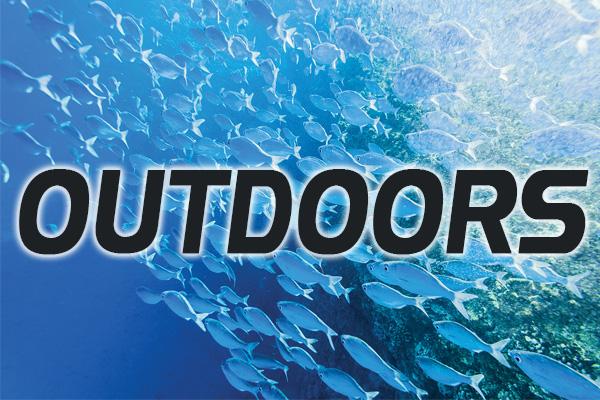By Vicki Browne
Iron County Lakes & Streams Partnership
As phosphorus is to growth, oxygen is to life itself. Almost all living things need oxygen. For fish, invertebrates, bacteria and aquatic plants this means dissolved oxygen in the water.
Knowing what we can do through home maintenance, controlling run-off and addressing invasive species is important to maintaining DO levels and keeping our lakes healthy.
Fish take in water through their mouths. As the water passes over membranes in their gills, fish ‘breathe’ the dissolved oxygen and release carbon dioxide.
Aquatic plants both add and use dissolved oxygen. During sunlight hours, photosynthesis allows plants to turn water and carbon dioxide into stored sugar while releasing dissolved oxygen. On cloudy days and overnight, those same plants use dissolved oxygen to turn stored sugars into energy and release carbon dioxide.
Photosynthesis isn’t the only way DO levels increase. Reaeration, a natural physical process, is the transfer of oxygen from the atmosphere into a body of water. Reaeration can happen through turbulence on the surface like water tumbling over rocks, waterfalls and waves. As surface water agitates it is able to capture and dissolve oxygen.
This means DO enters a lake near the surface and in the relatively shallow water where sunlight can reach growing aquatic plants.
The amount of DO in a lake varies throughout the day. During summer days, the highest DO levels happen in the late afternoon after aquatic plants have done a lot of photosynthesizing. Overnight, DO gets used by plants and fish, so just before sunrise lakes have lower DO levels.
Although water holds more DO when it’s colder, the two avenues for increasing DO levels aren’t readily available in the winter when lakes are iced up. If ice-out comes late, fish are in a precarious position because DO has mostly been depleted and not replaced. Any time lower DO levels occur, fish will be stressed, but this is particularly worrisome with a late ice-out when fish kills are a definite possibility.
During the weeks after ice-out, the depleted DO gets replaced when winds churn the lake and plants begin to grow. As summer progresses, deep lakes stratify. This means warmer water at the top, rapidly changing temperatures through the mid-region, and colder water at the bottom. The only DO in the deepest parts of the lake got there during the spring weeks when wind and changing temperatures caused lake water to mix.
Bacteria consume a lot of the DO in lakes. Bacteria break down dead and dying organisms. They also break down human and animal waste. As bacteria do their decomposition work, they use DO.
The more decomposition work to be done, the more bacteria are needed and the less DO is available for live plants and fish. This is why good septic maintenance, controlling agricultural and landscaping runoff, and minimizing the conditions for invasive aquatic species and large algal blooms are vital for maintaining healthy DO levels in lakes.
What would be considered a healthy DO level varies based on the type and abundance of fish in a lake. Deep, cold-water fish like trout and whitefish need higher DO levels than bluegills, perch and walleyes. Several sources indicated that ‘good fishing lakes’ have at least 9 mg/L of DO, but the minimum requirement is 4 mg/L.
Fish are cold-blooded, meaning their body temperature varies with the temperature of the water. When cold-water fish need to move to warmer waters, they consume more DO.
For example, when trout who like water that is about 40 degrees fahrenheit move to 77-degree waters, they need six times as much DO because their metabolism speeds up.
The Cooperative Lakes Monitoring Program uses dissolved oxygen meters to measure DO.
CLMP volunteers measure DO twice each month from May through September. The volunteers measure both water temperature and DO at the deepest parts of lakes. They take readings at one foot below the surface and then approximately every five feet until the meter is about two feet from the bottom of the lake. In this way, they can see how water temperature indicates stratification, and how much DO is available throughout the water column.
By the way, not only fish enjoy water with more dissolved oxygen.
“If the DO levels of the water supplies in your area are high, the drinking water will have a better taste than areas with lower DO levels,” according to a blog post on DO and drinking water from Atlas Scientific, a retailer that specializes in environmental monitoring products.
Dissolved oxygen is essential for healthy lakes and fish populations
Image
Body


